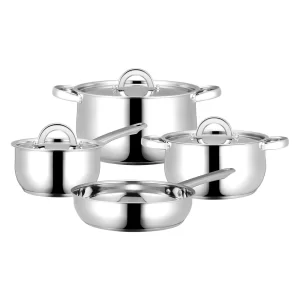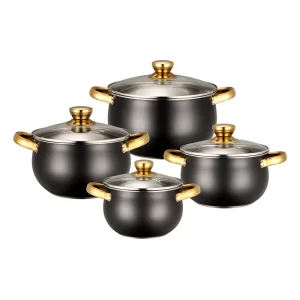The unassailable best kitchen item in nearly every home is now nonstick cookware. It is important to note that non-stick pan safety is highly dependent on the material of the coating, with PFOA and PTFE as the most common chemicals in the discussion. Many consumers easily confuse these two concepts, sometimes even believing they are the same material. The truth of the matter is, PFOA and PTFE are completely different, having diverse origins, physical and chemical structures, and safety standings. We will carefully examine the key differences between PFOA and PTFE at the moment. And using Chances, a professional stainless steel cookware supplier, for example, we can provide you with a much safer, better choice of kitchenware
목차
토글What is PFOA?
PFOA (Perfluorooctanoic Acid) – PFOA is a synthetic chemical that has been used as a processing aid in the production of non-stick coatings. It helps PTFE coatings to film better. However, this is not the main component that is retained on cooking utensil surfaces.
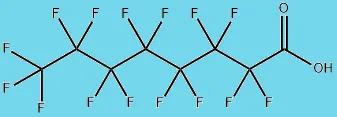
– Properties: PFOA breaks down at high temperatures and may not biodegrade, which poses a possible risk to the environment and human health over prolonged exposure.
– Safety Issues: PFOA is a persistent organic pollutant (POP), not readily degraded, and is swimming around in our water sources and ecosystems. Potential health risks have also been suggested, leading to its gradual restriction or ban in many countries.
– Current Stance: Accordingly, PFOA use (mainly) has been phased out by the major global cookware brands and manufacturers since 2015.The ” PFOA Free” label is stamped on almost all compliant nonstick cookware being sold internationally.
What is PTFE?
PTFE (Polytetrafluoroethylene) is a kind of polymer material, which is often called “Teflon”. It has a very dissimilar coefficient of friction & excellent Chemical Resistance at the same time, widely used in non-stick coating also.
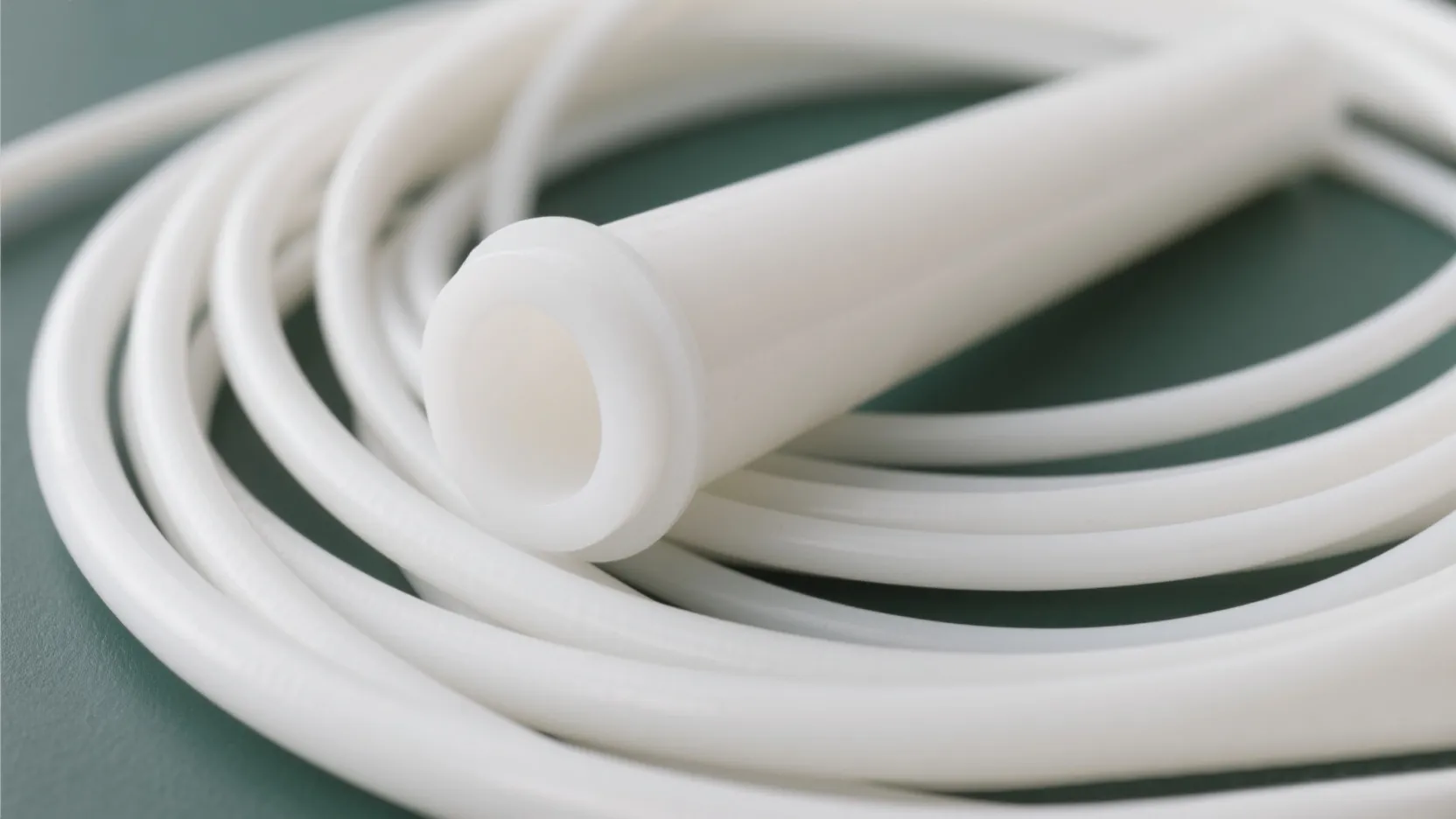
- Characteristics: PTFE itself remains stable at normal use temperatures, does not break down or release toxic substances.
- Heat Resistant: PTFE can be used in environments up to 260°C (482°F) when in cookware. But once heated to above 350°C (683°F), the empty will begin to decompose the PTFE coating and release harmful gases.
- Current Stance: Most nonstick coatings still use PTFE, but to truly achieve food-grade safety, it must be processed in a controlled way that is guaranteed not to contain PFOA residues.
Core Differences Between PFOA and PTFE
1. Different Definitions
PFOA: A processing aid, not the coating material itself.
PTFE: The actual nonstick coating material.
2. Safety Differences
PFOA: Poses potential health and environmental risks; its use is now banned.
PTFE: Safe under normal usage conditions, provided excessive heat is avoided.
3. Current Applications
PFOA: Phased out; compliant cookware should not contain PFOA.
PTFE: Remains the mainstream non-stick coating material, but requires temperature control during cooking.
4. Common Consumer Misconceptions
Many mistakenly believe “PTFE-coated pans are unsafe.” The critical factors are whether PFOA is present and whether overheating is avoided.
Reasons Why Stainless Steel Cookware Can Provide More Peace of Mind
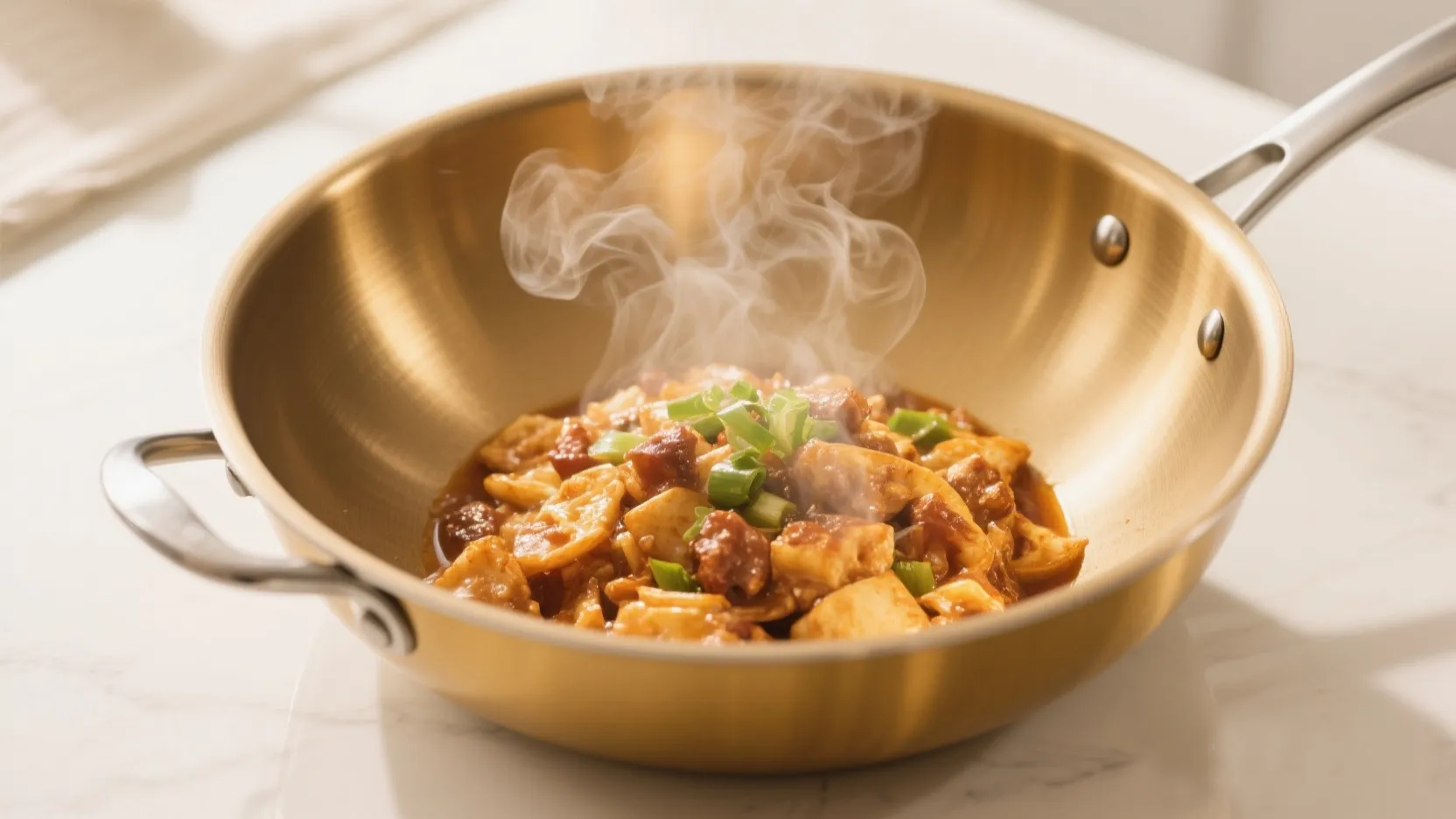
With the convenience of PTFE nonstick cookware comes stainless steel pots, and those who are looking for long-term durability and safety in their cooking gear will choose these pots every time.
As a professional manufacturer and wholesaler of stainless steel cookware, Chances consistently delivers these advantages:
- No Coating Health: Unlike stainless steel pots, nonstick means using chemical coatings such as PTFE or otherwise, which has been a concern about being potentially toxic with PFOA/PTFE.
- High heat Resistance: Whether it be frying, stir frying, stewing, you name it, and it’s next to impossible to heat a stainless steel pan to a level that would be toxic.
- Exceptional Durability: Unlike nonstick pans requiring replacement every few years, stainless steel cookware lasts over a decade.
- Ideal for Professional & Wholesale Use: Widely used in restaurants, hotels, and home kitchens, you can count on Chances to deliver the same quality fit for bulk purchasing.
How to Choose Healthier Cookware?
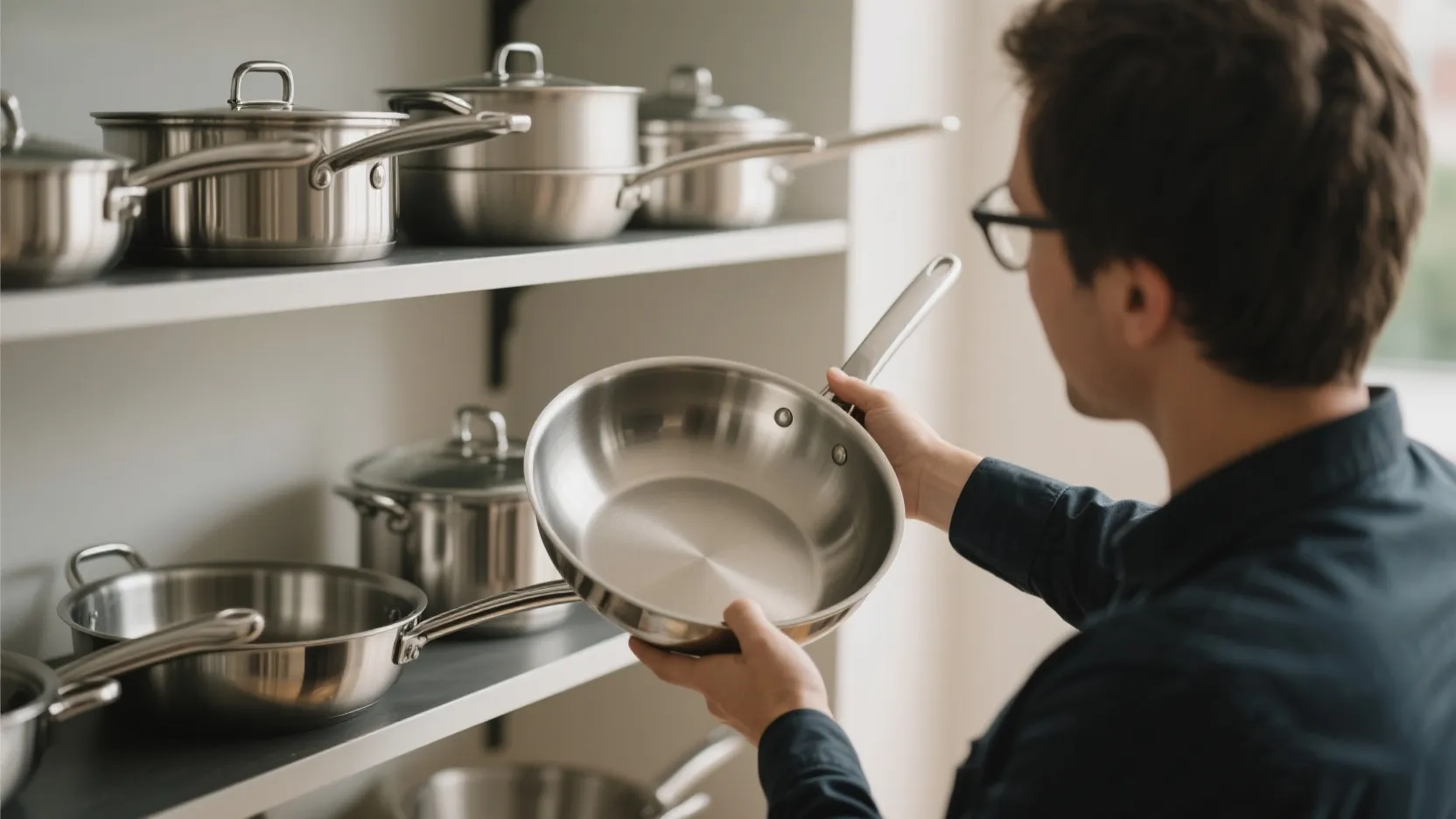
- Check Labels: Before you buy any nonstick cookware, popular for “PFOA Free” or “Check labels on products”.
- Control Heat: Simply try to avoid dry heating and cooking at high temperatures, i.e., over 260°C (482°F), to extend its life.
- Go with Stainless Steel As Priority: In case you no longer want the chemical in your cookware, then Chances are stainless steel is for you as the best alternative.
결론
PFOA and PTFE are not one and the same: PFOA is an obsolete processing aid, and PTFE is still the major raw material for nonstick coatings. When used appropriately, PTFE is safe. However, in the long run, choosing stainless steel cookware—with its health advantages, durability, and eco-friendliness becoming more and more the desired option for households and the food service industry.
Being a manufacturer and wholesaler of professional stainless steel cookware, Chances is dedicated to offering all global users high-quality, food-grade safe cookware products and keeping your kitchen lifestyle healthier.



